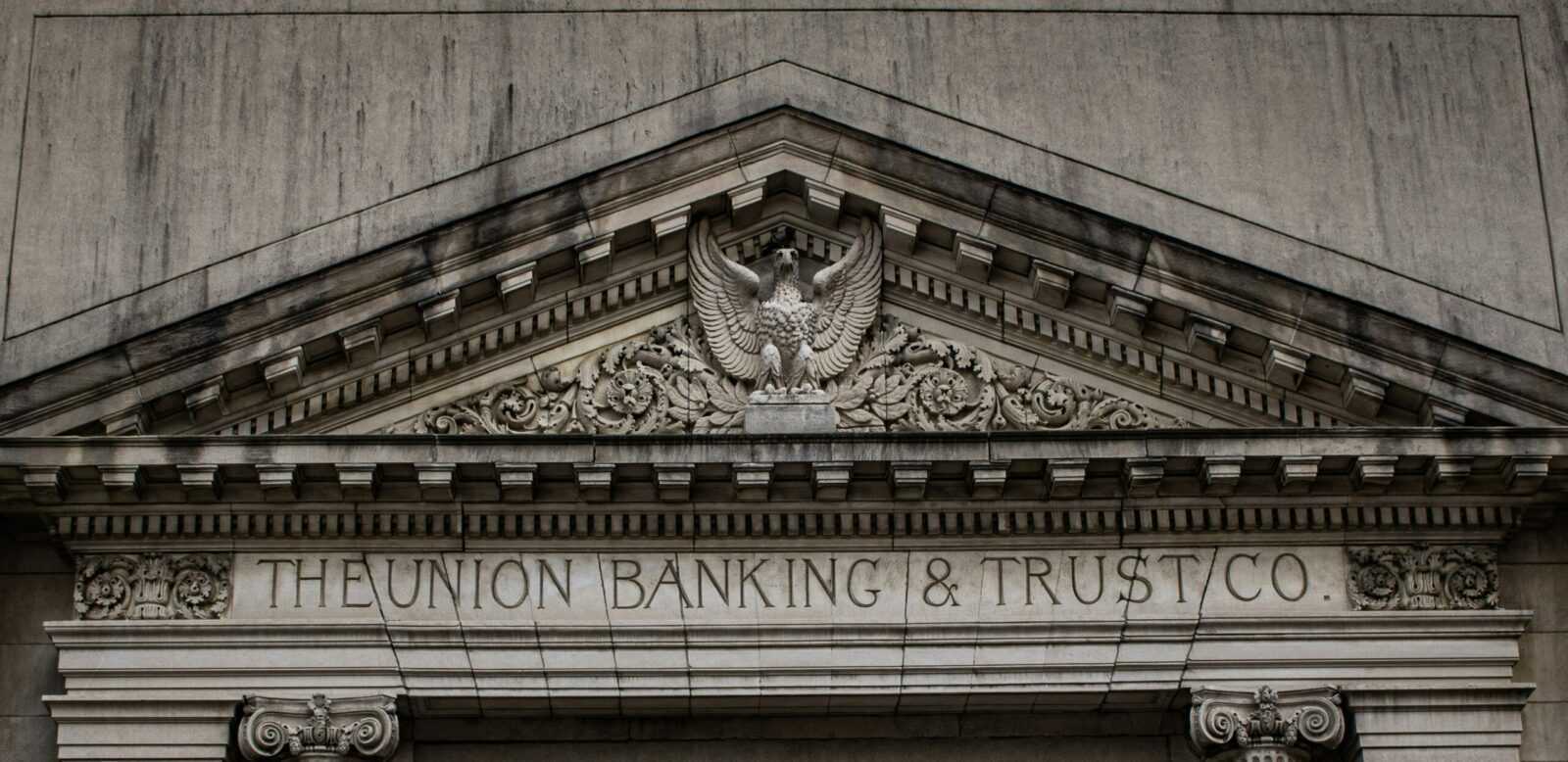Money management has evolved significantly in recent years, and as we enter 2025, the momentum shows no signs of slowing. New technologies, evolving consumer needs, and fresh ideas are changing the ways people borrow, spend, and save.
If you’re someone who loves keeping up with financial trends or just looking for smarter ways to manage your money, there’s a lot happening that’s worth knowing about.
From apps that make borrowing seamless to more flexible lending options that cater to individual needs, consumer financing is becoming more accessible and tailored than ever. But what exactly are these trends, and how could they potentially affect your financial decisions?
Personalization in Financing
In 2025, personalization will take center stage. Consumers crave tailored experiences, so financial institutions will need to step up their game and offer personalized products and services based on individual needs.
For instance, borrowers can receive financing recommendations tailored to their spending habits, long-term financial goals, or even personal values. This personalized approach resonates with consumers, as it feels more aligned with their individual aspirations rather than being generic.
Companies like CreditNinja are at the forefront of personalizing financing options to meet diverse consumer needs, ensuring that individuals receive offers that make sense for their unique situations. Their data analytics capabilities enable them to understand nuanced patterns in consumer behavior, enhancing the accuracy of their recommendations.
It’s also all about building a relationship. Lenders who invest in personalized communication, utilizing insights from behavioral economics, are likely to see higher customer loyalty.
People want to feel heard and valued, and being engaged through personalized touchpoints is a key strategy for fostering that connection.
Moreover, incorporating customer feedback loops can further refine offerings, making them relevant and empowering for consumers.
The Rise of Buy Now, Pay Later (BNPL)
Consumers have probably heard of it. According to Investopedia, BNLP offers “short-term loans with fixed payments and no additional charges.”
BNPL options have exploded in popularity, and by 2025, they’ll be mainstream. Consumers enjoy the flexibility to make purchases and pay for them later.
Retailers love it, too. It drives sales. For many, the comfort of splitting payments into manageable chunks feels more feasible. The ease of using apps and online platforms makes this option incredibly attractive.
But here’s a cautionary note: not all BNPL options are created equal. Some consumers may overlook hidden fees or be in debt if they’re not careful. It’s crucial to read the fine print.
The Impact of Social Media
Social media is influencing consumer behavior. Platforms are not just for sharing photos or catching up with friends. They’ve become powerful tools for financing. By 2025, many consumers rely on social media to make purchasing decisions.
Brands use social media to promote financing options. They highlight BNPL and flexible payment solutions right in the consumers’ feed. This results in more consumers feeling comfortable exploring financing options directly through platforms they use daily.
Moreover, peer-to-peer reviews shape opinions and decisions. When consumers see a friend rave about a product or service, they’re more likely to consider it. Social proof is invaluable in consumer financing.
Additionally, influencers play a significant role in shaping consumer perceptions. Many brands collaborate with influencers who authentically showcase products while discussing affordable financing options. This authenticity helps reduce skepticism and builds trust among followers.
Social media algorithms also personalize the user experience, showcasing financing options aligning with users’ interests and making offers more relatable. Moreover, discussions surrounding sustainability and ethical consumerism are gaining traction on these platforms, prompting brands to highlight eco-friendly financing options, making it easier for consumers to support sustainable practices.
Finally, live shopping events have emerged as a trend where consumers can interact in real-time and have questions answered immediately, bridging the gap between social engagement and informed purchasing decisions. This interactive approach not only enhances excitement but also increases comfort with financing options.
Digital Wallets and Contactless Payments
As technology advances, digital wallets are vital. Remember when carrying cash was a must? Not anymore. In 2025, consumers prefer tapping their smartphones to pay. It’s fast, it’s safe, and it’s convenient.
This trend extends beyond just the checkout line. Digital wallets are becoming essential tools for managing finances. They connect directly to bank accounts, track spending, and even offer saving features.
Security is a big concern. Fortunately, companies invest in encryption and biometric authentication. This technology helps reassure consumers, making them more comfortable with digital transactions.
Artificial Intelligence in Lending
AI is no longer just science fiction. It’s real, and it’s transforming lending. In 2025, lenders use artificial intelligence to streamline processes. Imagine applying for a loan and getting approved in minutes. That’s the future we’re heading towards.
AI helps assess creditworthiness more accurately. Traditional credit scoring is rigid and doesn’t consider all financial behaviors. AI algorithms analyze a broader set of data, including payment history and even social media activity.
Moreover, this innovative approach can lead to fairer access to credit. Historically, individuals with limited credit histories or those who have been unfairly penalized by rigid scoring systems faced significant barriers to obtaining loans.
However, through the use of AI, lenders can identify promising borrowers who may have been overlooked under traditional methods, thus broadening the spectrum of credit access.
Beyond just expanding eligibility, AI can also enhance risk assessment. Leveraging machine learning techniques allows lenders to continuously refine their models based on real-time data, allowing them to adapt quickly to emerging trends and market conditions. This means more accurate predictions of repayment behaviors, potentially lowering default rates and facilitating better underwriting decisions.
Sustainability and Ethical Financing
Sustainability matters now more than ever. Consumers are becoming more aware of their choices. They want to support companies that align with their values. In 2025, ethical financing options are increasingly in demand.
Green loans are one example. These loans encourage eco-friendly purchases, like renewable energy installations or electric vehicles. Consumers are looking for ways to invest in sustainability while managing their finances.
Financial institutions are taking notice. They’re starting to offer products that align with these values. Expect to see a rise in sustainable investing options and eco-conscious credit cards.
Keeping Up With Trends
As we roll into 2025, it’s clear that a little financial know-how can go a long way. Companies will have to listen and adapt as more people champion their rights and speak up about their experiences. Consumer advocacy can turn the tide and shape a financial world that’s transparent, fair, and responsive. So, let’s keep the conversation going and ensure everyone is equipped to make informed financial decisions.



